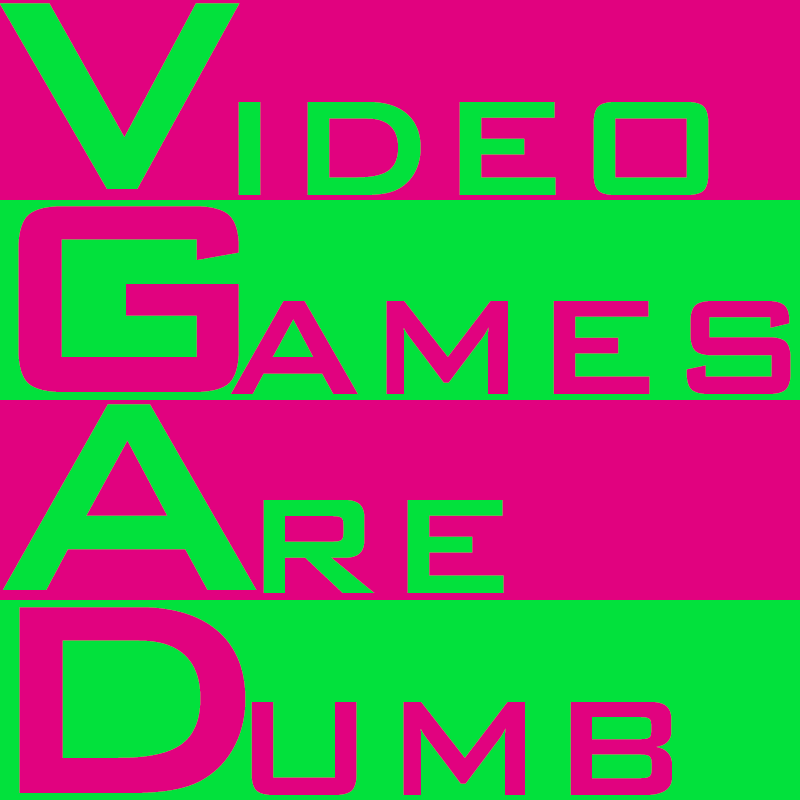If the internet is to be believed, Last Tuesday’s release of Tony Hawk’s Pro Skater 5 is the single worst event in human history. With an aggregate Metacritic score of 34, the Birdman’s latest outing sits as the second worst reviewed PlayStation 4 game of 2015. Users also voiced dissatisfaction in a 1.6 score, with Alone in the Dark: Illumination slightly edging out as the worst 2015 game across all platforms. It appears Activision’s once proud sidewalk surfer has delivered one of the most hated games ever released.
Did it deserve it’s ice cold reception? Yes and no. Tony Hawk’s Pro Skater 5 is a below average title for sure with poor optimization and questionable level design. But it’s reviews have exposed a strange pattern in video game criticism that’s lingered since the early 1990’s. While critique is (and should be) subjective, this one nebulous rational for low scores does little to improve the perception of video game appraisal.
Did you hear? The new Tony Hawk is bad! And it’s 60 dollars!
Despite inflation’s influence over the value of the dollar, 60 bucks is still a lot of money to the average American consumer. Personal research is key to acquiring the best possible product within your spending range, ensuring that your new washing machine or electric toothbrush is built to last. Consumer reviews help guide the otherwise ignorant through a plethora of exaggerated marketing and conflicting user reviews.
But why exactly is monetary value relevant to a game’s artistic merit? By the 1960’s, critics began to observe the philosophical intent of art rather than the audience’s investment. Novels, albums, and films were judged by their ability to entertain, provoke, and engage within the parameters of the work itself. This resulted in a clearer expectation between creator and critic, paving the way for personal visions and revolutionary experiments. For whatever reason, video game reviews feel content blending criticism with buyer’s guides, regularly referencing “budget” “Triple A” and “Full Priced” as influencing aspect. It’s hard to imagine similar language in a book review.
Strangely enough, price is more often cited as a negative aspect of a game, a representation of ill intent from the game’s publisher. But positive reviews (outside of collections) rarely if ever mention a game’s current MSRP. Perhaps this is due to the critic being preoccupied with evaluating the qualities of a title instead of defending consumer wallets. But if we’re going to grade on a curve, now is the time to give the dearth of free smartphone games a second critical chance.
But game criticism, just like the industry itself, is an ever evolving process. Prior to the introduction of online services and patches, titles remain untouched from the day of their release and were reviewed as such. Polygon, a popular video game news site, changed their stance on scoring games three years ago, allowing for additional points if a game improved. Other websites such as Eurogamer implementing occasional review updates and, in rare cases, re-reviews.
But just as a game’s online servers and stability can improve, so can a game’s price lower. Is a bad $60 title a better experience when it’s on sale? If critical adjustments are the future of reviewing games and investment is a contributing factor to it’s overall quality, permanent price drops must be considered when updating a game’s review.
Or we can just stop. Stop pretending that an experience’s worth is dictated by the abstract notion of money. End the outdated expectation that a “full priced” title has a standard, and not meeting it is inherently deserving of critical subtraction. Games are made from numbers, but they shouldn’t be dictated by them. Instead, below average games should be taken to task for their inability to deliver on their own concepts.
Tony Hawk’s Pro Skater 5 is a sloppy, joyless, broken, vapid mess that consistently undercuts any enjoyment with a plethora of technical and design problems. It is also 60 dollars. Only one of those statements is likely to be true in the near future.
